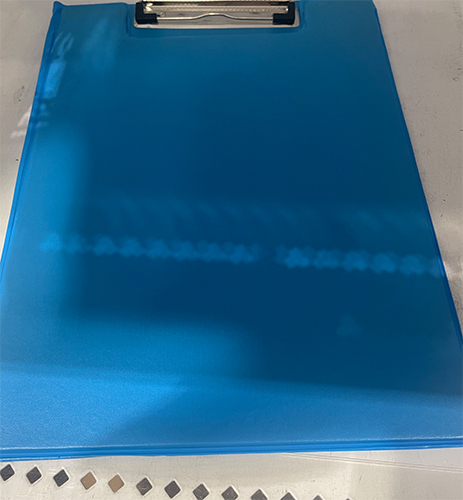 A Construction Risk Register is a mandatory, living document (or database) used in construction project management to systematically identify, analyze, and track all potential uncertainties that could negatively (or positively) impact a projects objectives- specifically its safety, budget, schedule, and quality. A construction risk register is an essential tool for any company looking to better manage and mitigate these risks. A well prepared risk register can help identify potential problems before they occur, as well as providing greater clarity and visibility on current conditions.
A Construction Risk Register is a mandatory, living document (or database) used in construction project management to systematically identify, analyze, and track all potential uncertainties that could negatively (or positively) impact a projects objectives- specifically its safety, budget, schedule, and quality. A construction risk register is an essential tool for any company looking to better manage and mitigate these risks. A well prepared risk register can help identify potential problems before they occur, as well as providing greater clarity and visibility on current conditions.

 There are many types of safety risks commonly encountered on a construction site, these range from:
There are many types of safety risks commonly encountered on a construction site, these range from:
